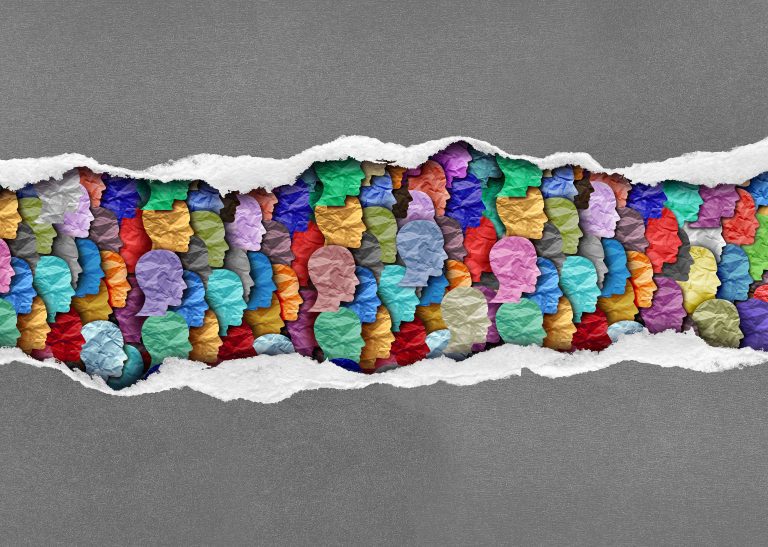Establishing a professional development plan for your staff is critical to the long-term success of any organization. Employees who feel supported in their career development are more likely to remain engaged, motivated and committed to their roles. A well-structured plan should provide clear goals with relevant training requirements aimed at building skill sets within an individual – which in turn leads to enhanced overall company performance.
By offering continuous learning opportunities, businesses can remain competitive as their workforce strives to conquer future challenges. Read on to learn how to approach the process of devising a professional development plan for your employees.
Identification of Key Roles for Professional Growth
As part of any professional development plan, it can be useful to consider specific roles within your organization. Take for instance radiographers – their use of imaging equipment plays a pivotal part in healthcare by diagnosing and treating patients. Encouraging radiographers to attend an advanced radiography program can enhance their technical skills and confidence in using new imaging technologies. This investment leads to improved diagnostic precision and patient care.
Additionally, offering mentorship or job shadowing with experienced radiographers provides invaluable insights, strengthening teamwork and professional growth.
Set the Right Goals to Achieve Success
An effective professional development plan must always begin by setting tangible and attainable goals for employees to strive toward. Collaborate closely with each employee in identifying career aspirations that align with organizational objectives; whether this means seeking advancement within current roles, expanding skill areas, or developing leadership skills. All in all, having well-defined goals will assist their development journey.
Once goals have been set, break them into manageable steps for employees so they can follow along more easily and track their progress over time. Regular check-ins with staff members ensure they’re following a suitable path and receiving the necessary resources to reach their objectives. Clearly stated goals also help measure success more easily while showing the positive effects on individual and team performance.
Provide Training and Educational Opportunities
As part of supporting staff development and professional advancement, it is crucial that a variety of training opportunities be made available. These could range from workshops, online courses, seminars, and conferences so as to meet individual learning preferences. Additionally, this will make it easy for employees to find something suited to their schedules and interests.
Encouragement of employees to remain up-to-date on industry trends and technologies is another integral aspect of an effective development plan. In healthcare settings such as radiography, for example, advances are frequent, so professionals working in this field must remain informed on new equipment, techniques, and best practices to stay ahead of their profession. By giving staff access to training resources available today, you ensure their continued advancement within their discipline.
Additionally, training should not only emphasize technical abilities but also soft skills such as communication, problem-solving, and teamwork. These essential work environment skills must also be addressed for a positive working experience and harmonious workplace culture. A well-rounded development program ensures employees possess both the technical expertise and interpersonal abilities needed for their positions to flourish successfully.
Fostering an Environment of Continuous Learning
An effective professional development plan only succeeds if your organization cultivates an environment conducive to continuous learning. This requires encouraging employees to take ownership of their development while emphasizing life-long learning as the goal. Leaders play an essential part here by offering ongoing support, feedback, and recognition of staff efforts.
One way to promote continuous learning is through commemorating achievements. When employees complete courses, attain certifications or reach development goals, take time out to recognize them for their hard work. Such an effort on your part not only boosts morale but also reinforces professional growth within your organization.
Establish a healthy work environment in which employees feel at ease asking for support or additional resources when needed. By encouraging open dialogue between staff members, open communication ensures they have all of the tools to pursue their development goals while taking an active part in their learning journeys.
Wrapping-up
Implementing a professional development plan for your staff is an investment that pays dividends on both ends. By setting clear goals and offering diverse learning opportunities as well as ongoing support to employees, professional development plans enable employees to flourish both personally and professionally.
With a dedicated effort and the right plan in place, your employees can reap the benefits of specialized training that can improve both technical skills and overall job satisfaction. At the end of the day, cultivating an atmosphere of continuous learning ensures your workforce remains motivated, ready, and prepared to face future challenges that threaten long-term organizational success.
Guest writer.


























